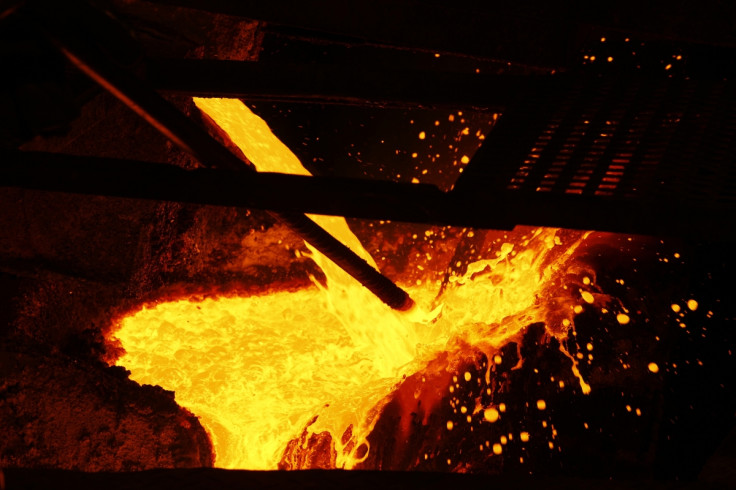New super-strength metal can improve fuel efficiency of aeroplanes

A new super-strong and lightweight metal has been made which could help to improve fuel efficiency in modern vehicles. The metal is made from magnesium and nanoparticles, and could make aeroplanes, cars and spaceships more fuel-efficient.
Researchers from the University of California made this extra-strong metal from ceramic silicon carbide nanoparticles. They were infused with magnesium to create a structurally lightweight metal, with a very high stiffness-to-weight ratio.
"It's been proposed that nanoparticles could really enhance the strength of metals without damaging their plasticity, especially light metals like magnesium," said Xiaochun Li, lead researcher in the study. "With an infusion of physics and materials processing, our method paves a new way to enhance the performance of many different kinds of metals by evenly infusing dense nanoparticles to enhance the performance of metals to meet energy and sustainability challenges in today's society."
The study, published in Nature, showed the new metal to be composed of 86% magnesium, and 14% silicon carbide nanoparticles.
The metal was created by dispersing the nanoparticles in molten magnesium; an idea that has not been used before. Nano-ceramic particles are likely to clump together usually because of the attraction between small particles. By combing the nanoparticles in a molten alloy though, the particles can be dispersed evenly across the magnesium.

This method of production could be carried out at a large scale without any loss of effectiveness, suggesting that this could be the new metal for transportation. Magnesium is a very abundant metal too, so there would be low damage to the environment.
Magnesium is the lightest structural metal we have. Combined with the super-strength of the nanoparticles, future vehicles could withstand extreme temperatures. The new metal also managed to carry record levels of weight before breaking.
Li said: "The results we obtained so far are just scratching the surface of the hidden treasure for a new class of metals with revolutionary properties and functionalities."
© Copyright IBTimes 2025. All rights reserved.





















